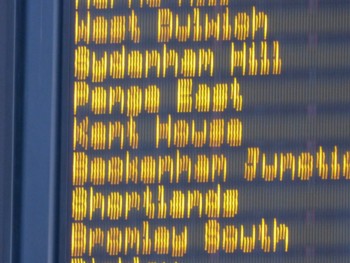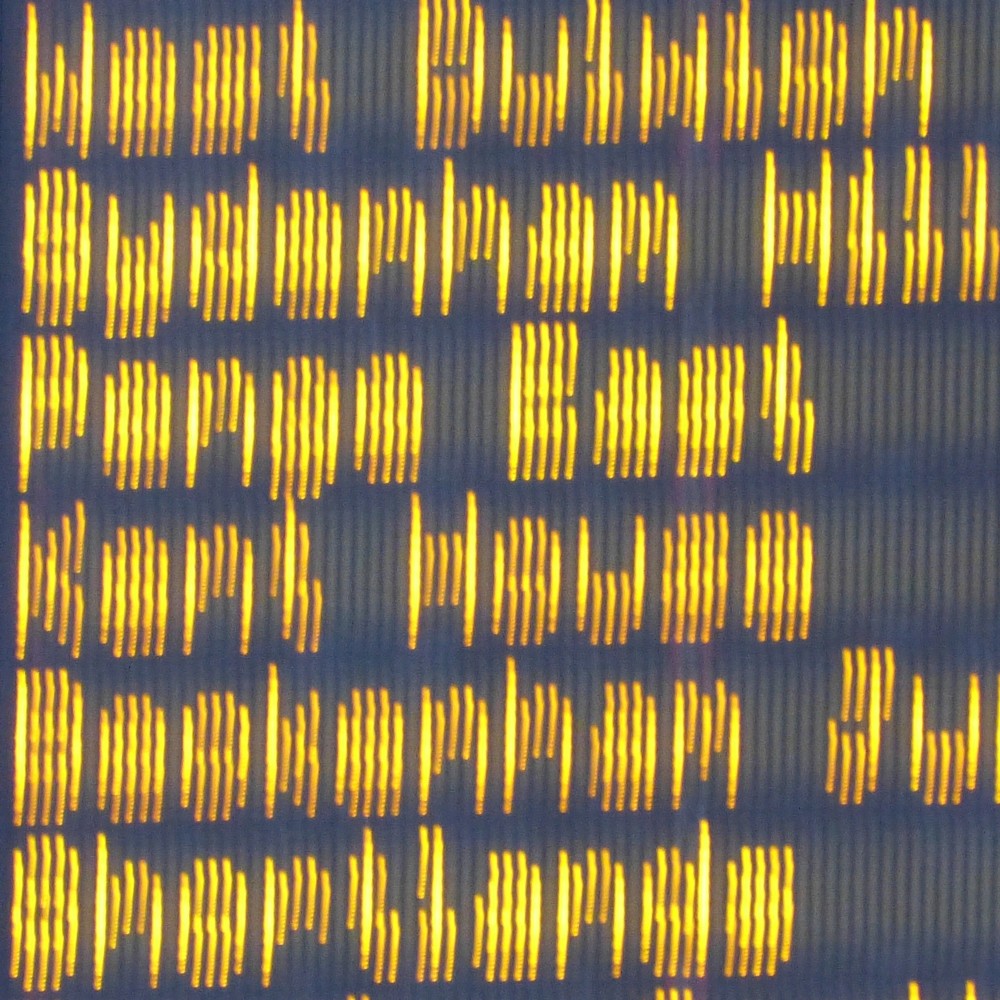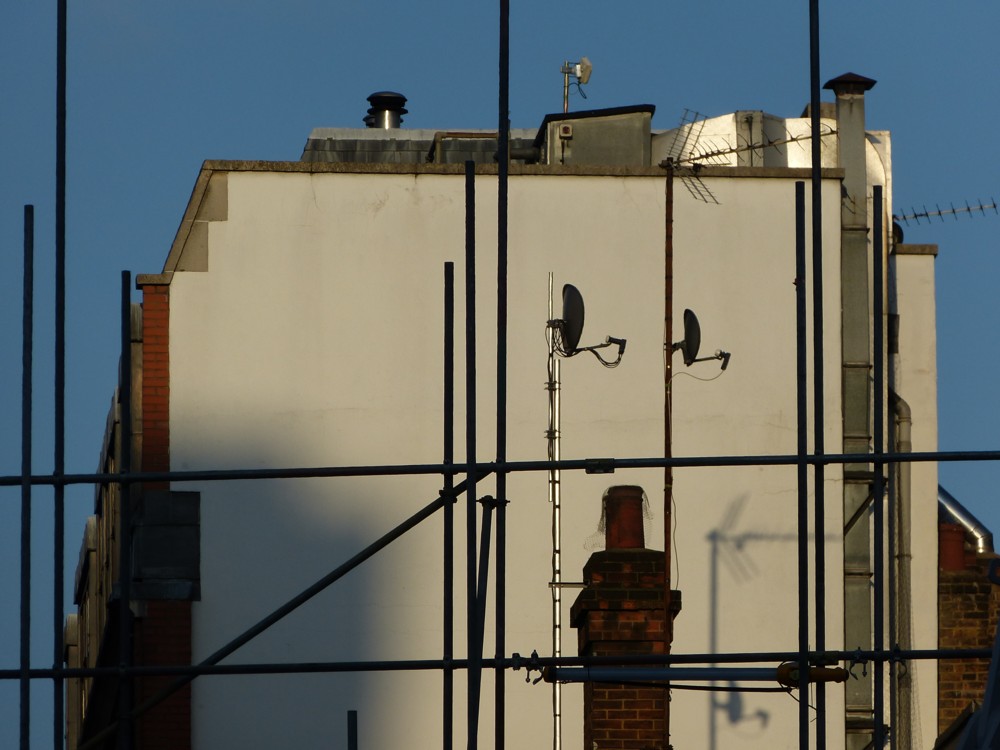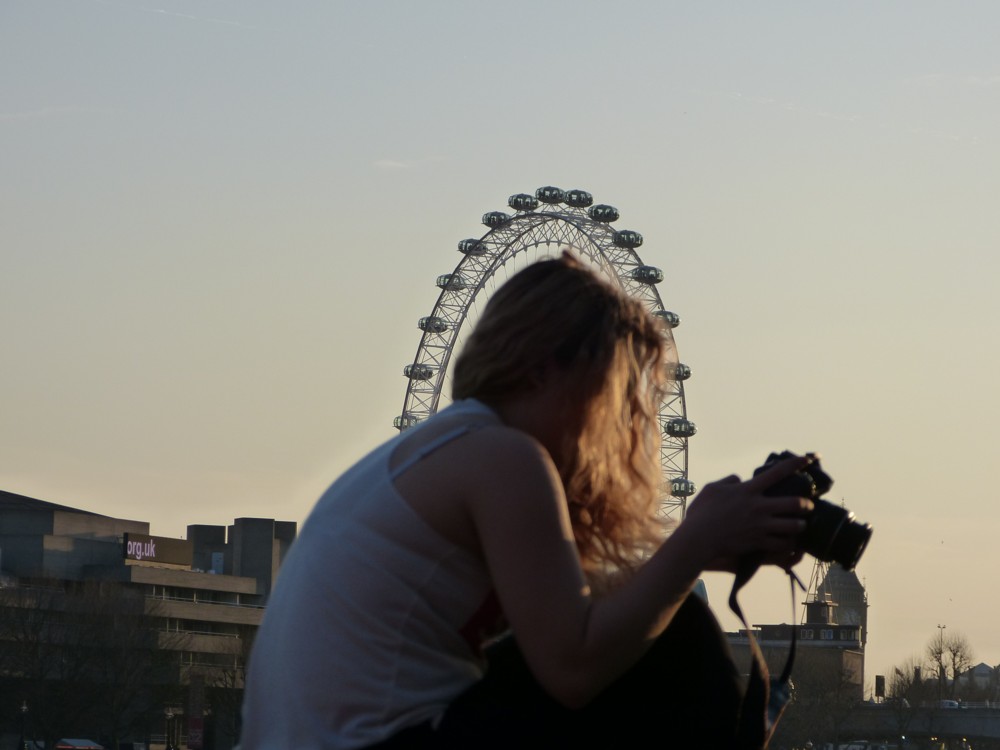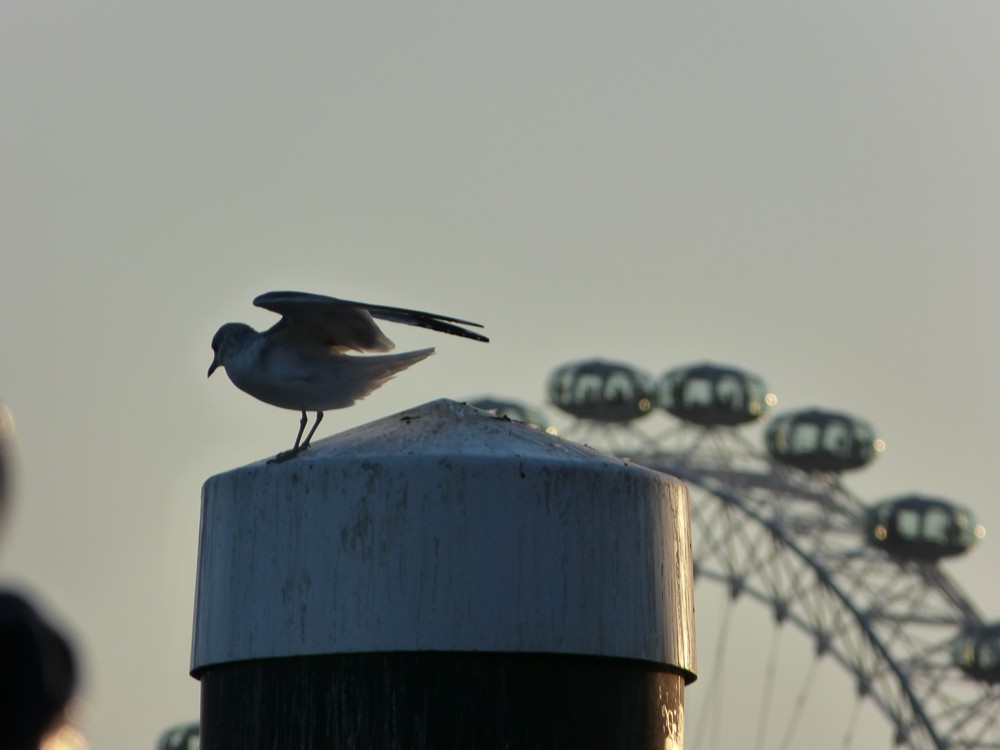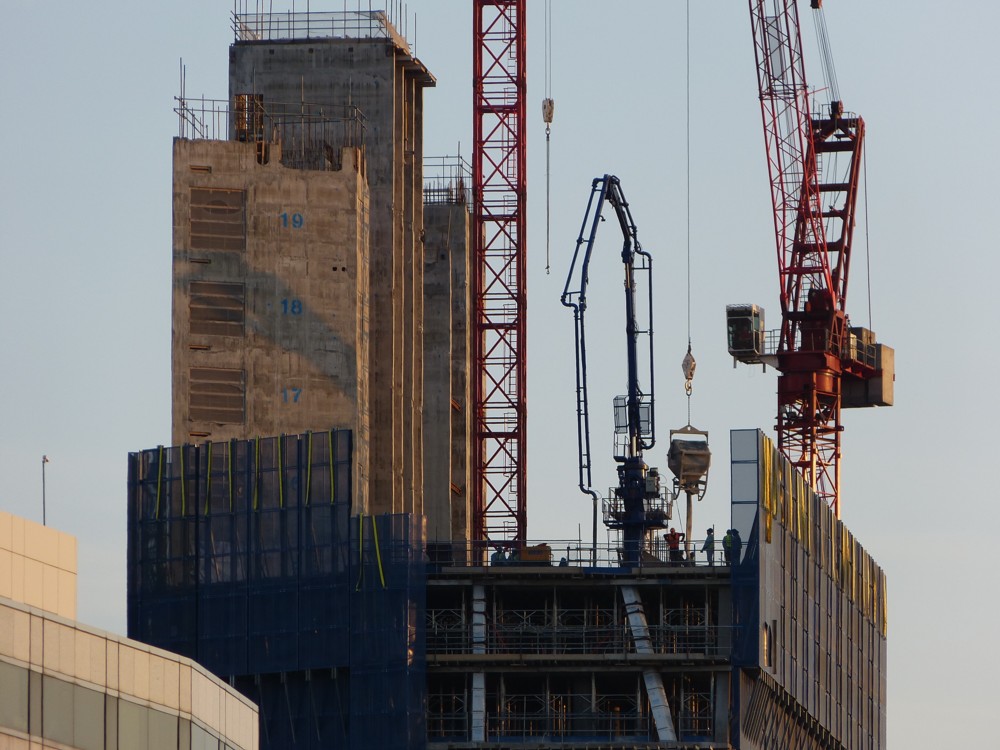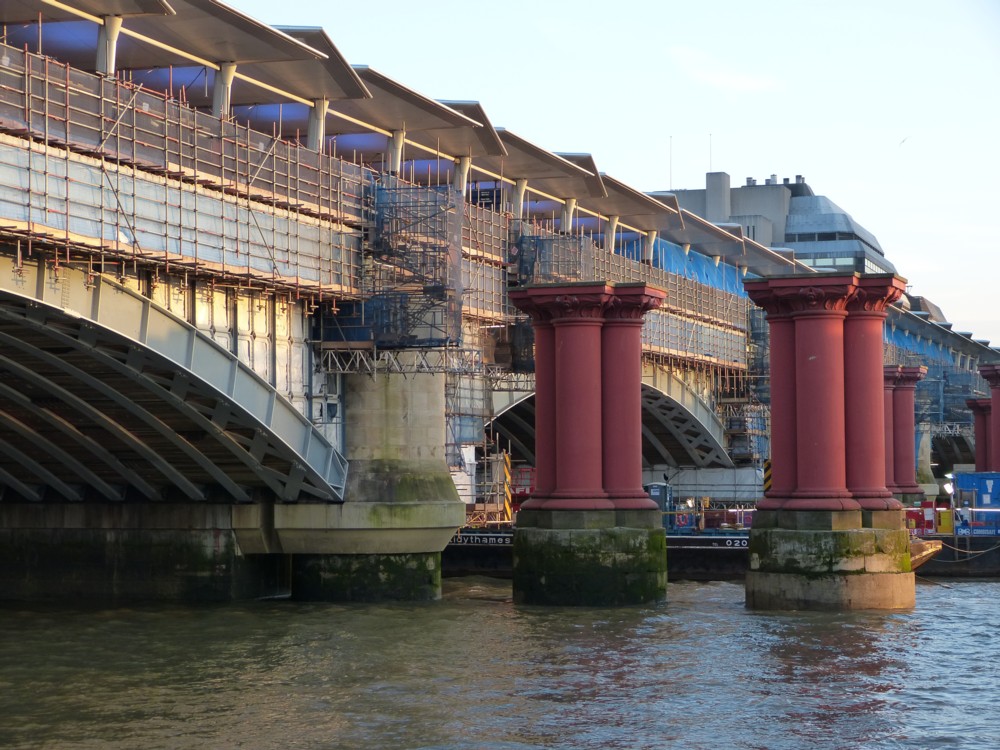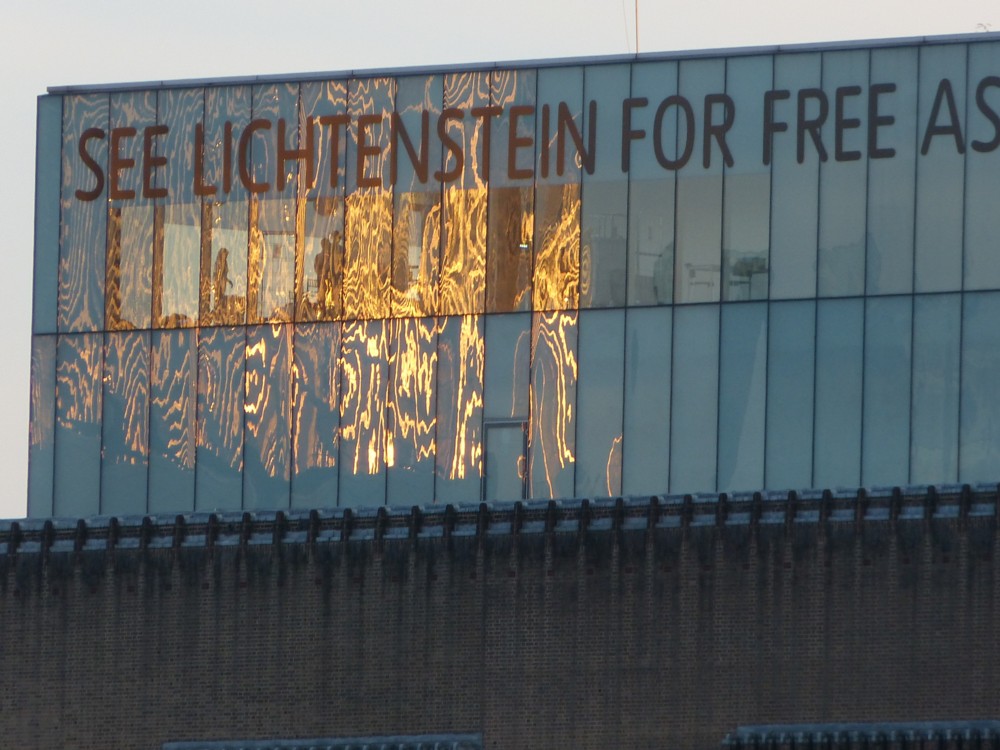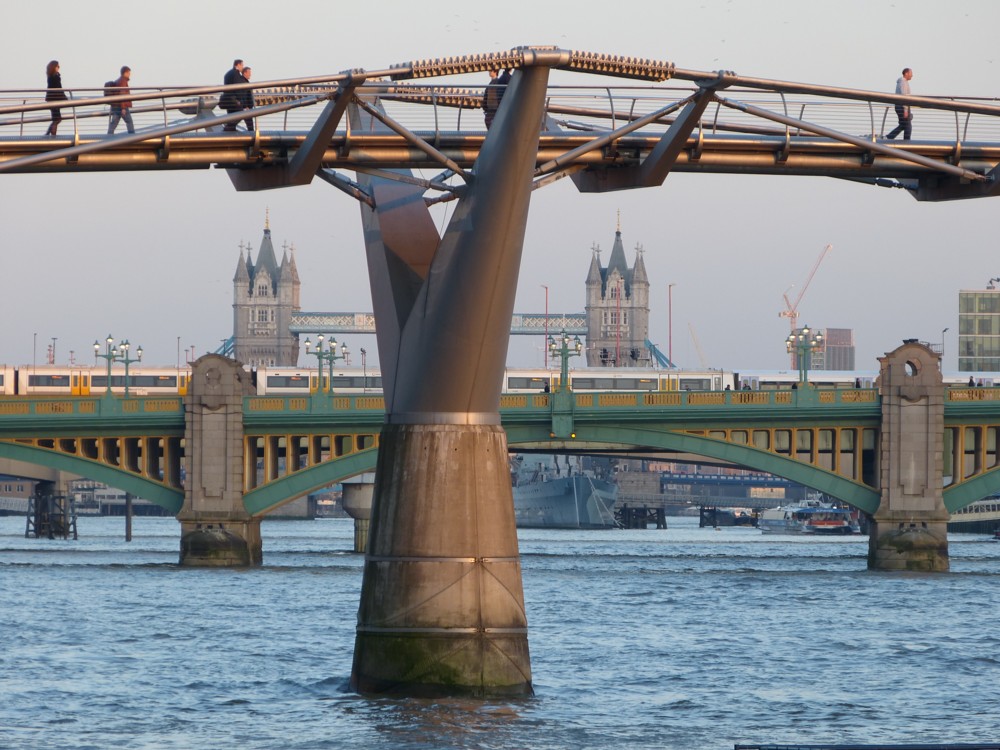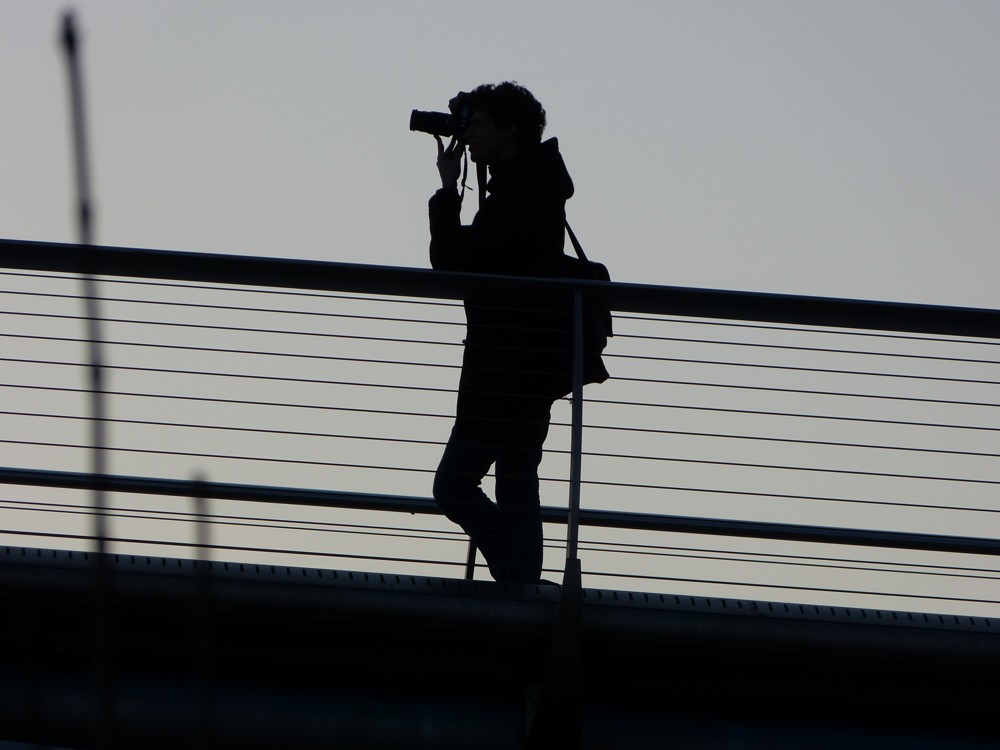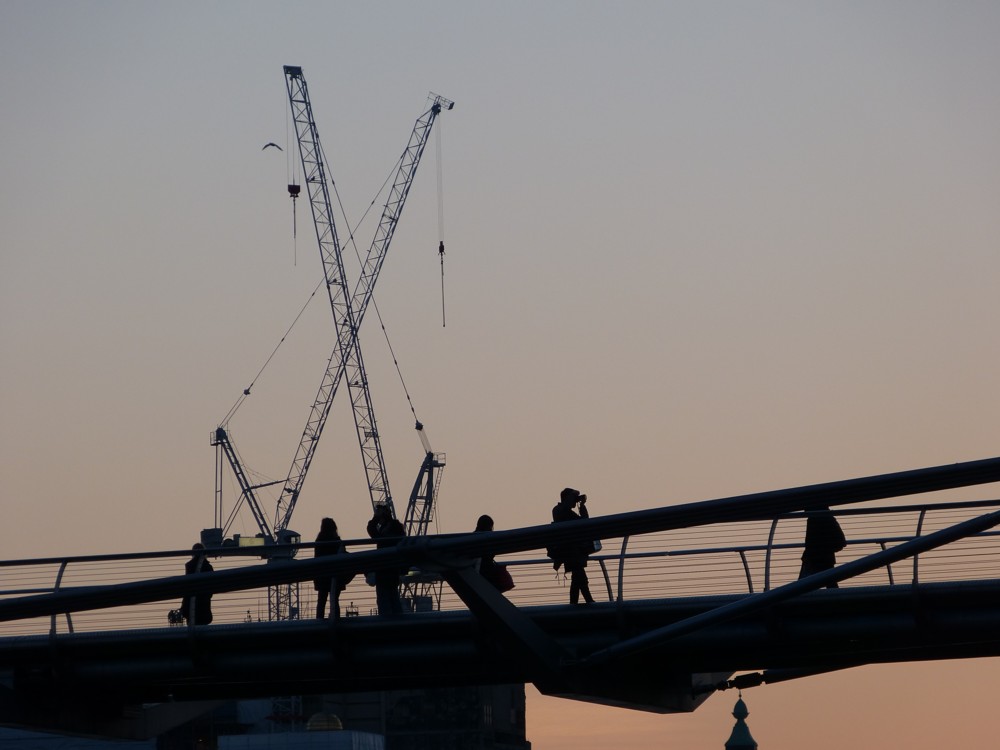Christian Michel hosts talks he calls 6/20 talks, because they happen on the 6th and the 20th of the month. And this coming Friday, Jan 6th, I am giving a talk, about politics and aesthetics, and how they interact.
This is the email I sent to talk host Christian Michel, about what I will be saying, or more precisely, what I will be asking:
My talk will be about what we each think is the truth about politics, and about how that relates to what we each think is beautiful.
What are your political opinions? What are your ideas of beauty? How do these things relate to each other?
Are your political loyalties and beliefs the result of your already existing ideas about what is beautiful? Did you arrive at your political views because you think that the political world you desire would be beautiful, as you already understood that?
Or, is it more the other way around? Do your present ideas of what is beautiful result from what you have already decided is the political truth of things? Would your politics lead to a world that looks a particular way, and do you therefore consider that world to be beautiful?
Or, for you, do the causal links go in both directions? That certainly applies to me.
Or, do the above questions rather baffle you? Because for you, what is politically true and what is beautiful are two entirely separate issues? For many who, like me, call themselves libertarians, I should guess that this might be the answer, even though this is definitely not my answer.
I put my subject matter in the form of questions, because I hope that potential attenders will receive advance notice of these question, and that some attenders at least will arrive with their own answers.
I will supply introspected answers about my own political and aesthetic preferences and how they are related, a lot of them involving architecture. But I hope I will speak briefly enough to leave plenty of time for others to offer their answers to my questions. Or, of course, to say that the questions are silly, or whatever else they want to say about what I have said.
My current plan is to read out the above, and then illustrate it with some personal examples, and with some other examples that seem to be quite common, and commonly talked about.
My personal examples involve things like the extraordinary aesthetic appeal of American stuff, like their cars and their fighter jets, which got me thinking about why America actually worked better than the USSR, whose stuff seemed to be grey and dull and unglamorous by comparison. That got me started towards being a libertarian, I think, way back in the 1950s.
In a related way, I then began to observe that British public sector architecture, which set the tone of the entire architectural scene in the sixties and seventies, had that same Soviet style drabness about it. Modern architecture only became flash and glamorous, in the eighties.
All that, among other things, turned me into a libertarian. And since then, I have tended to like the look of physical assemblages of objects that strike me as embodying liberty. Skyscraper clusters and roof clutter being good examples. I’m pretty sure I wouldn’t be so fond of roof clutter in particular if I had more bossy tastes in politics, if you get my drift.
That’s a pretty simplified summary of some of my aesthetic-political thoughts-feelings. But it suffices to illustrate the kind of thing I’ll be talking about.
As for similar stories told by others, I am struck by how an architectural style is often regarded as ugly, while it is advancing and hence seen as threatening, but later regarded with affection, once it has been defeated and is in retreat. This happened with the New Brutalism, widely hated during its years of ascendancy, now only in the news because some now want its surviving edifices to be legally preserved.
On a huge, historic scale, this is what has happened with Norman castles. Feared and hated when built, and for centuries after. Now quaint and picturesque tourist traps. Same kind of thing with big steam locomotives, at first feared and hated, now worshipped.
Many feel threatened by the very contemporary architecture that I personally like, and that’s because they see it, as do I, as embodying the very free market (-ish) ideas that I like, and that they dislike. It’s more complicated than that. But again, you get the idea.
My intention is to rattle through what I have to say quickly, to leave plenty of time for attenders to offer similar aesthetic-political memoirs of their own.
I’m putting this here so I can link to it in emails to potential attenders. Emails work better when they are short, but when they can be lengthened, so to speak, by those reading.
If you want to know how to attend this talk, or other talks in the same series, email me (see here top left) or leave a comment and I’ll put you in touch with Christian Michel.

